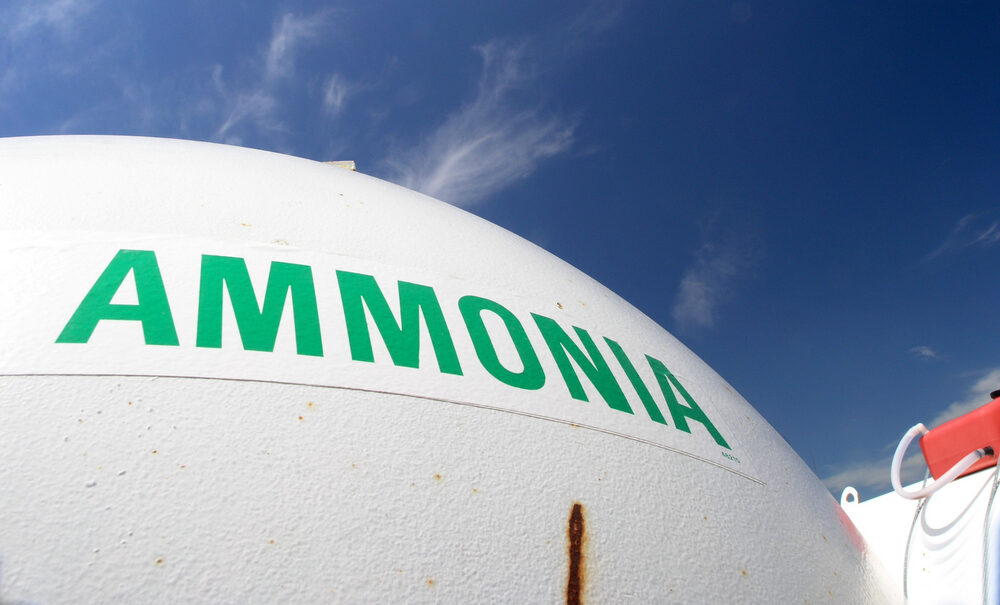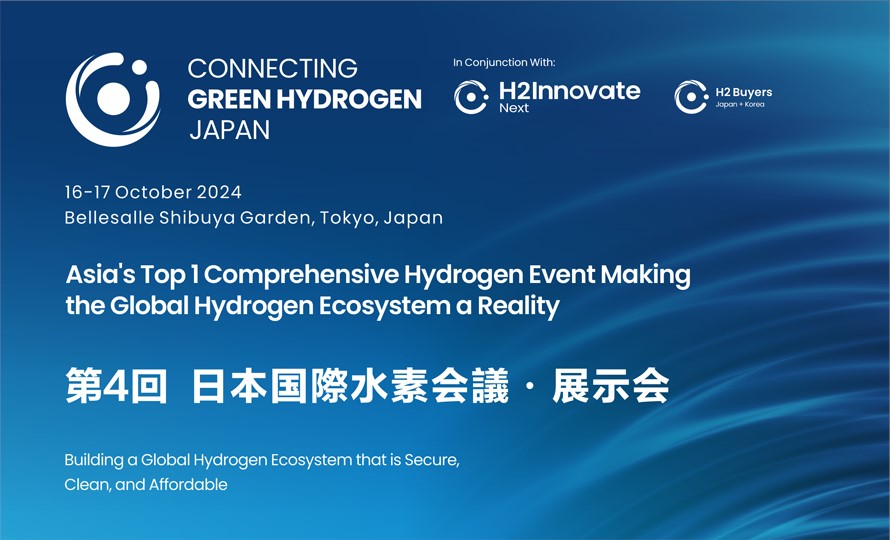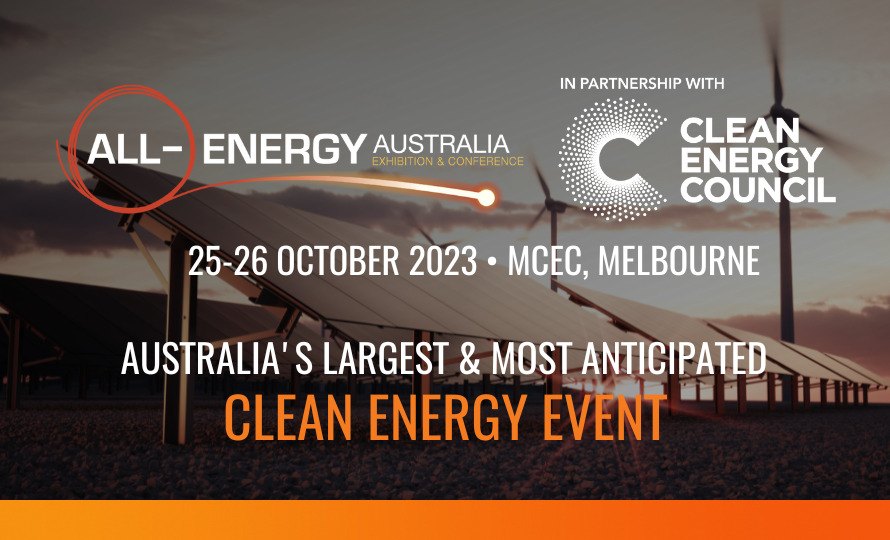
In a world-first, Monash University scientists have developed a new, environmentally friendly process that could drive the future production of green ammonia.
Ammonia (NH3) is a globally important commodity for fertiliser production to help sustain food production. It is currently produced via a metal catalysed reaction between nitrogen gas and hydrogen from natural gas, using an established technology known as the Haber-Bosch process.
The production of each metric tonne of ammonia contributes to the emission of roughly 1.9 metric tonnes of carbon dioxide, and accounts for roughly 1.8 per cent of global carbon emissions.
A team of Monash University scientists, led by Professor Doug MacFarlane, Dr Bryan Suryanto and Dr Alexandr Simonov, have discovered a process based on phosphonium salts that represents a breakthrough in overcoming this carbon-intensive problem.
The research, published this month in the journal Science, unlocks the potential to produce ammonia and fertilisers from renewable energy in reactors, as small as a refrigerator, that could be rolled out at the individual farm or community level.
Direct, zero-carbon ammonia synthesis methods currently being explored include the electrochemical nitrogen reduction reaction, which can produce ammonia at room temperature and pressures from nothing more than air, water and renewable energy. But previous attempts to make this work have previously only been able to demonstrate very small amounts of ammonia, in part because of the need for ‘sacrificial’ sources of protons, shared Dr Suryanto from the Monash School of Chemistry.
“In our study, we have found that a phosphonium salt can be used as a ‘proton shuttle’ to resolve this limitation,” he detailed.
“In 2019, the total global production of ammonia reached 150 million metric tonnes per year, making it the second-most produced chemical commodity in the world. With increasing global population, the demand for ammonia will reach 350 million metric tonnes per year by 2050. Additional growth in the demand for ammonia is expected because of the growing interest in its use as an energy carrier or fuel.”
“The Haber-Bosch process currently used to produce ammonia is extremely carbon-intensive. Moreover, it also requires high temperatures and pressures and can only be feasibly achieved in large reactors in large industrial plants.”
“Our study has allowed us to produce ammonia at room temperature at high, practical rates and efficiency.”
Professor MacFarlane, an internationally renowned chemist, believes the use of carbon-neutral production technologies could also see ammonia used as a fuel and replace fossil fuels by 2050.
Ammonia is already widely considered to be the ideal zero-carbon fuel for international shipping in the future, a market predicted to be worth more than US$150 billion by 2025.
“The technology that we have developed also opens up a broad range of possibilities for future scale up to very large production facilities for export, attached to dedicated solar and wind farms,” Professor MacFarlane said.
“These could be sited in ideal renewables generating locations such as northern areas of Western Australia.”
“Our discoveries have been licensed to a new Monash spin-out called Jupiter Ionics P/L who will be scaling up the process to demonstrate operation in commercial applications.”
Monash University Faculty of Science Dean, Professor Jordan Nash, added that the study represents a major contribution towards the development of a sustainable fuel for the future.
“I commend the outstanding work of our world-class researchers whose discoveries will help Australia to position itself as a leader in the ammonia economy,” he said.
More information: Bryan H. R. Suryanto, Karolina Matuszek, Jaecheol Choi, Rebecca Y. Hodgetts, Hoang-Long Du, Jacinta M. Bakker, Colin S. M. Kang, Pavel V. Cherepanov, Alexandr N. Simonov, Douglas R. MacFarlane. Nitrogen reduction to ammonia at high efficiency and rates based on a phosphonium proton shuttle. Science, 2021; 372 (6547): 1187 DOI: 10.1126/science.abg2371












